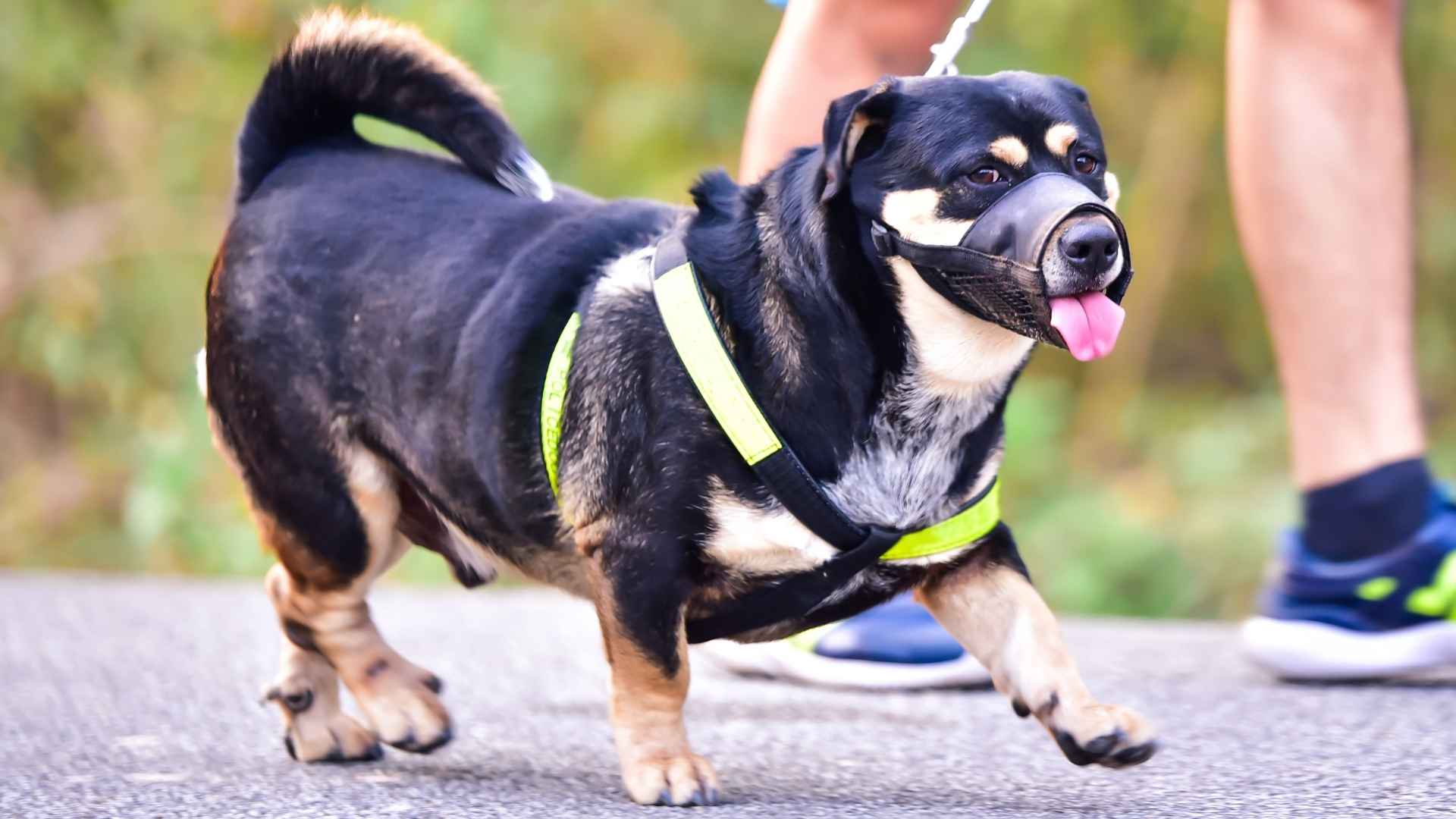The idea of putting a muzzle on your dog might make you squirm a little—we get it! You might be wondering: Can my pup still pant, drink, or breathe in that thing? Is it uncomfortable? Is it mean? Though muzzles often get a bad rap, they’re not as scary as they seem.
In fact, when used properly, they can be incredibly helpful tools—not punishments! Whether you’re visiting the vet, introducing your dog to new environments, or taking extra safety precautions, a muzzle can offer peace of mind for you and your furry friend. But not all dogs are created equal when it comes to tolerating them.
That’s why we’ve rounded up a list of dog breeds that don’t mind muzzles—those easygoing, chill pups who wear them like pros. If you’re thinking about muzzling for safety or training, these breeds will likely give you the least trouble.
Dog Breeds That Don’t Mind Muzzles
1. Cavalier King Charles Spaniel
If there were a gold medal for being sweet, snuggly, and surprisingly okay with wearing a muzzle, the Cavalier King Charles Spaniel would win paws down.
These little charmers are known for their affectionate, Velcro-dog personalities—always up for a cuddle and never far from their humans. Because they’re naturally gentle and easygoing, most Cavaliers take well to muzzles when introduced with patience and positive vibes.
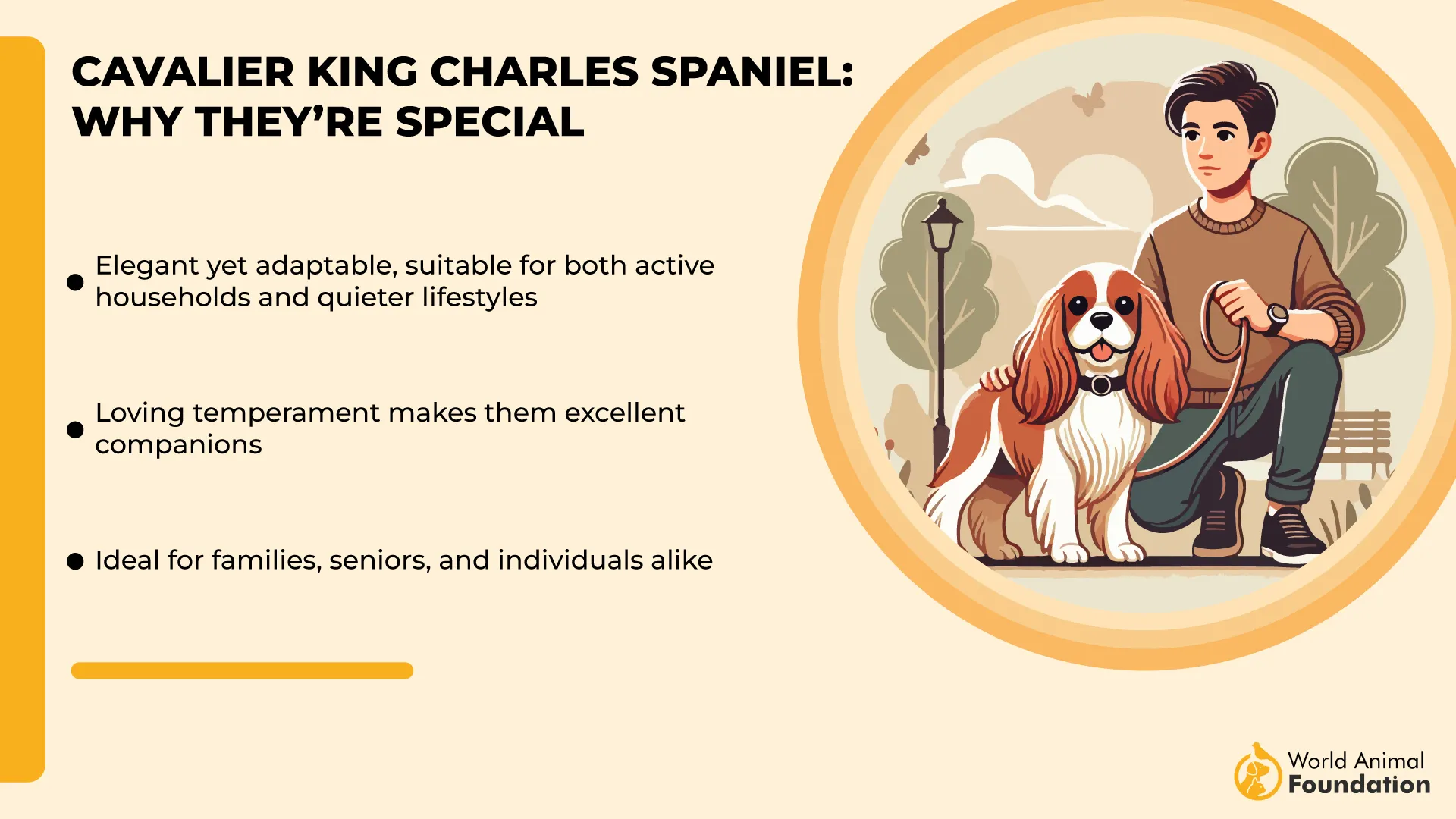
While playful and love zooming around the yard or park, Cavies don’t have the over-the-top energy that makes muzzle training difficult.
They’re also strangers to grooming tools, so adding a muzzle to their routine (especially for nail trims or vet visits) doesn’t throw them off too much. Just be sure to choose a lightweight, well-fitted muzzle and give lots of praise and treats.
Bonus fun fact? Cavies can rock the royal Blenheim look—fancy coat, fancy manners, and a pretty chill attitude about safety gear.
2. Basset Hound
With their droopy ears, sad-sweet eyes, and low-slung swagger, Basset Hounds might seem like the last dogs on earth to need a muzzle—or to tolerate one. But don’t be fooled by their laid-back charm.
Britannica states that these mellow scent hounds have a serious nose for trouble and a legendary love of snacks, which makes them surprisingly cooperative when a muzzle is introduced… especially if treats are involved (and with a Basset, treats should always be involved).
Originally bred to trail game with unwavering focus, modern-day Bassets still follow their noses into mischief—whether it’s a neighbor’s picnic, an overturned trash can, or a forbidden pantry. A muzzle can be a handy tool during these tempting moments and during vet visits or grooming sessions, where a little extra control keeps everyone comfortable and safe.
The good news? While they may be famously stubborn in training, Basset Hounds are not reactive or high-strung, so when the muzzle is introduced slowly—with kindness, patience, and yes, a steady stream of snacks, they’ll typically accept it with minimal drama.
Just make sure to use a comfortable, well-fitting muzzle that allows them to pant, sniff, and salivate freely (drool happens, folks—especially with this breed).
Basset Hound might move slowly, but when it comes to adapting to muzzles, they’re unexpectedly chill—especially when bribery is on the table.
3. Clumber Spaniel
The Clumber Spaniel is like that one laid-back friend who’s always up for a good time, as long as it doesn’t involve too much effort. With their droopy eyes, big heads, and easygoing charm, Clumbers are known for being the calmest and most affectionate of the spaniel bunch, according to WebMD.
They’re not bouncing off the walls or stirring up chaos—they’d much rather be lounging next to you on the couch or plodding through the yard in search of a good scent.
Thanks to their chill personality and strong bond with their people, Clumber Spaniels generally don’t make a fuss about wearing a muzzle. They tend to adapt quickly as long as it’s introduced with a gentle hand and a pocket full of treats.
They’re not reactive or high-strung, making it easier to condition for grooming sessions, vet visits, or social outings where a muzzle might be needed for safety or comfort.
While they can be a bit reserved with strangers at first, Clumbers aren’t an aggressive breed—they’re just dignified! Once they know everything’s cool, they’ll happily flop nearby and watch the world go by.
Their intelligence and desire to please make them great students, even if they sometimes prefer taking their sweet time. All in all, if you’re looking for a sturdy, loving breed that won’t kick up a fuss over wearing a muzzle, the Clumber Spaniel is a solid, slobbery contender.
4. Great Dane
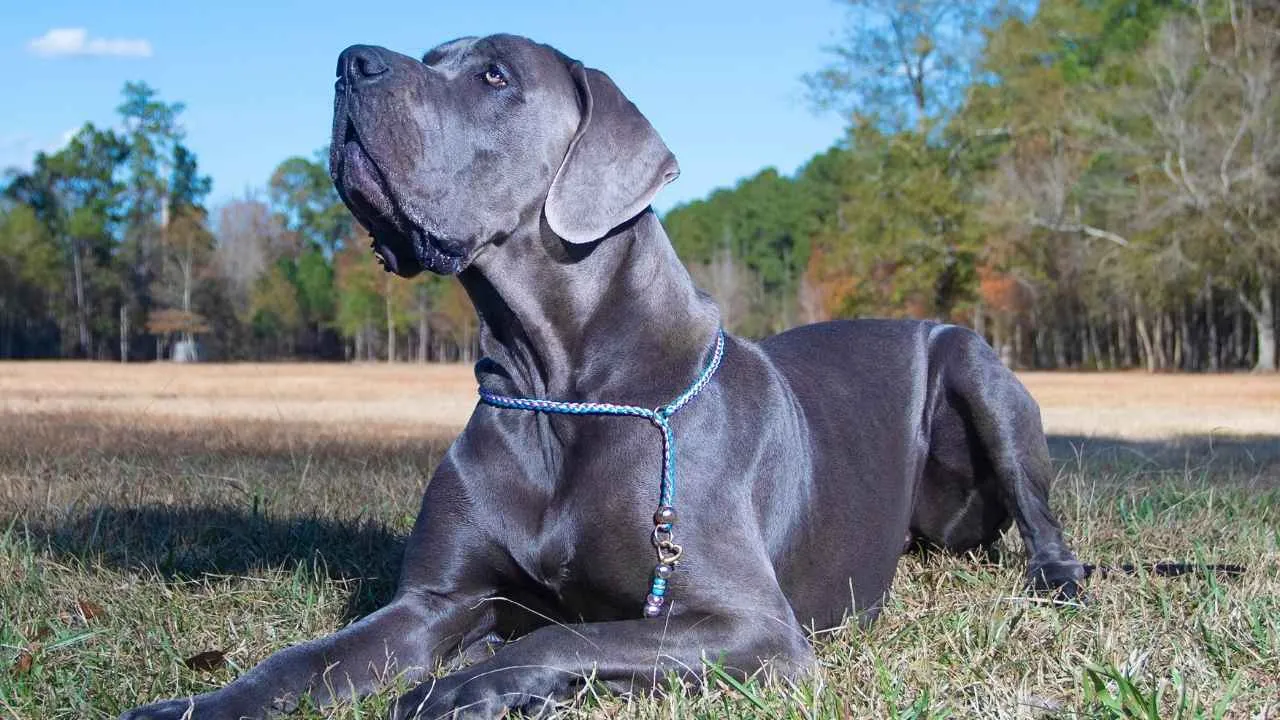
The Great Dane might resemble a small horse—or a mythical creature straight out of folklore—but behind all that height and muscle is one of the dog world’s gentlest, most affectionate souls. Often nicknamed the “gentle giant,” this breed is famously calm, patient, and loving.
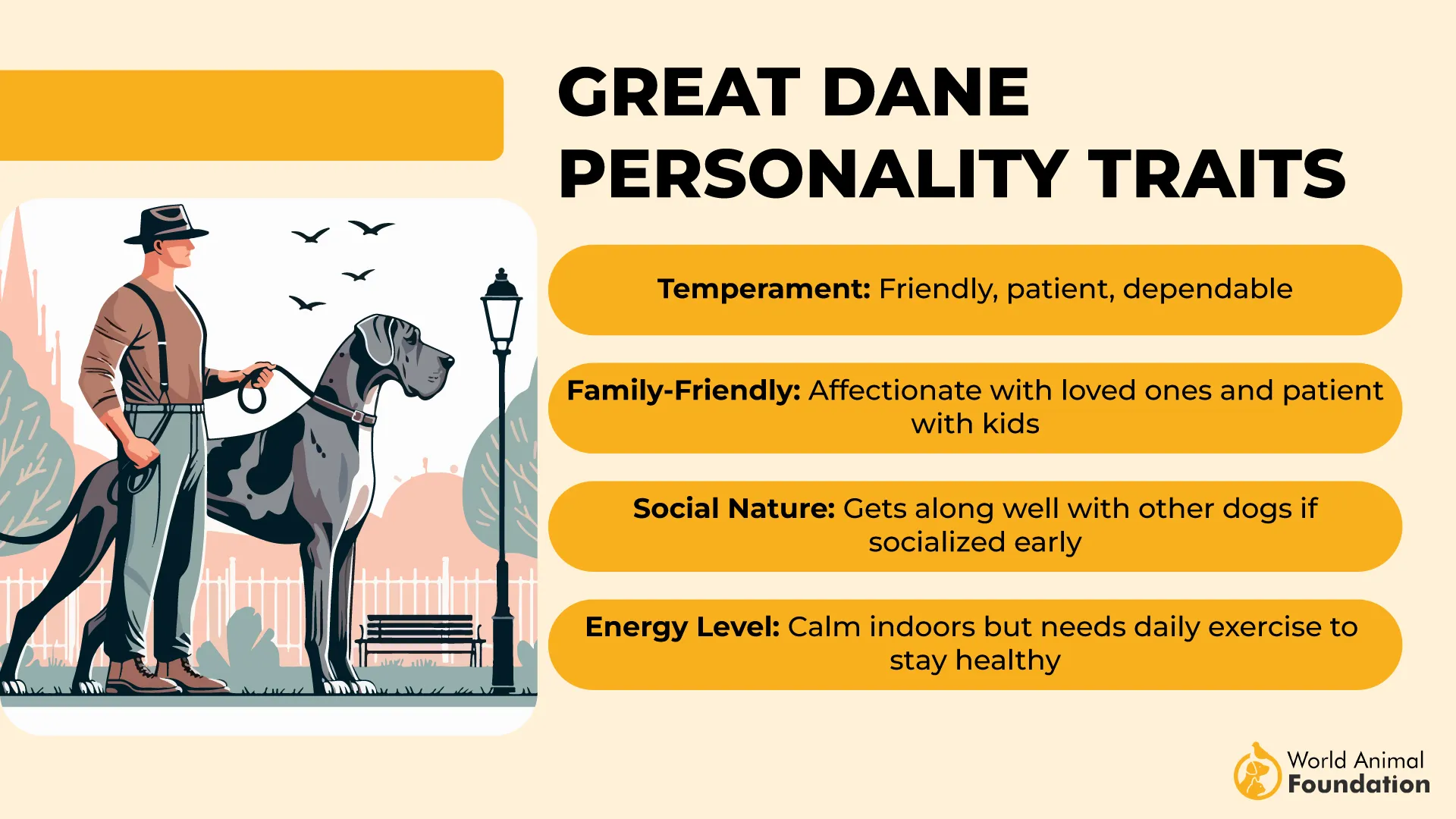
Whether they’re quietly lounging at your feet or leaning into you for a full-body cuddle, Danes prefer peaceful companionship over any kind of rowdy behavior.
Their size alone can be intimidating to strangers or smaller animals, even if their intentions are nothing but friendly. A well-fitted muzzle can be a smart accessory in public settings—not because your Dane is likely to act out, but because it reassures those around them and prevents any misunderstandings.
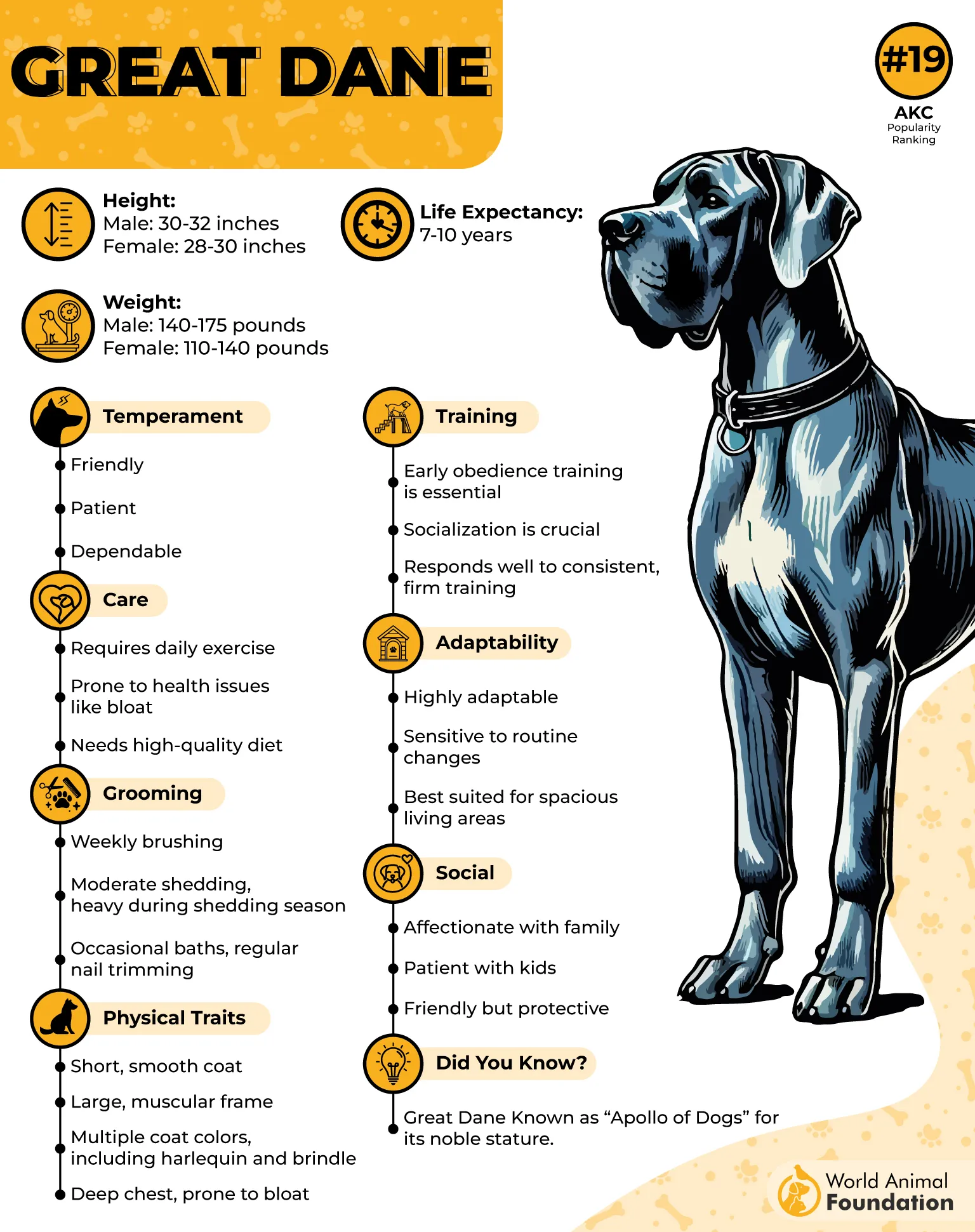
Fortunately, most Danes are easygoing about wearing a muzzle when it’s introduced with care and plenty of positive reinforcement. Their mellow personality makes them less reactive and more accepting of new routines, especially if they know a fun outing or tasty treat is coming next.
In truth, a muzzled Great Dane isn’t a threat; it’s just a well-mannered giant showing the world how safety and sweetness can go paw-in-paw.
5. Irish Wolfhound
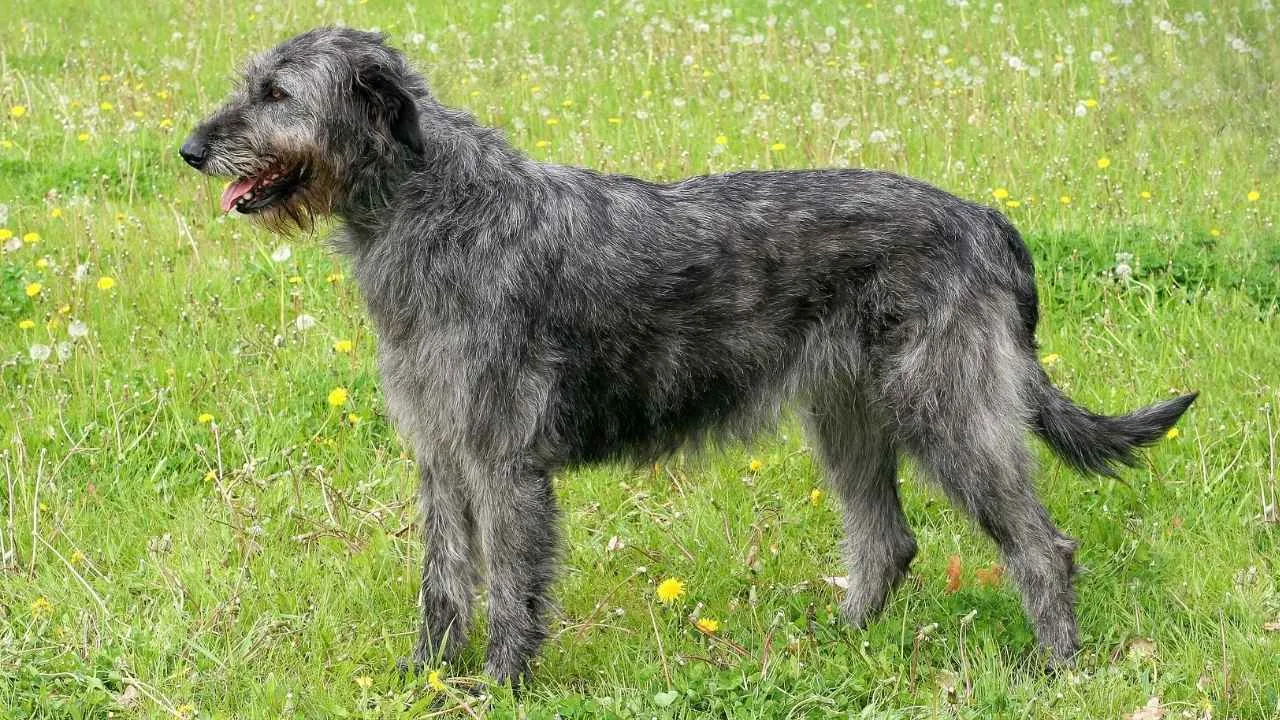
Towering and noble, the Irish Wolfhound is basically a gentle cloud of fur and love on stilts. Despite their impressive size (yes, they’re one of the tallest dog breeds in the world!), these giants are famously calm, patient, and deeply affectionate.
They thrive in family settings and usually get along swimmingly with kids, pets, and even strangers, as long as they don’t get mistaken for a small horse.
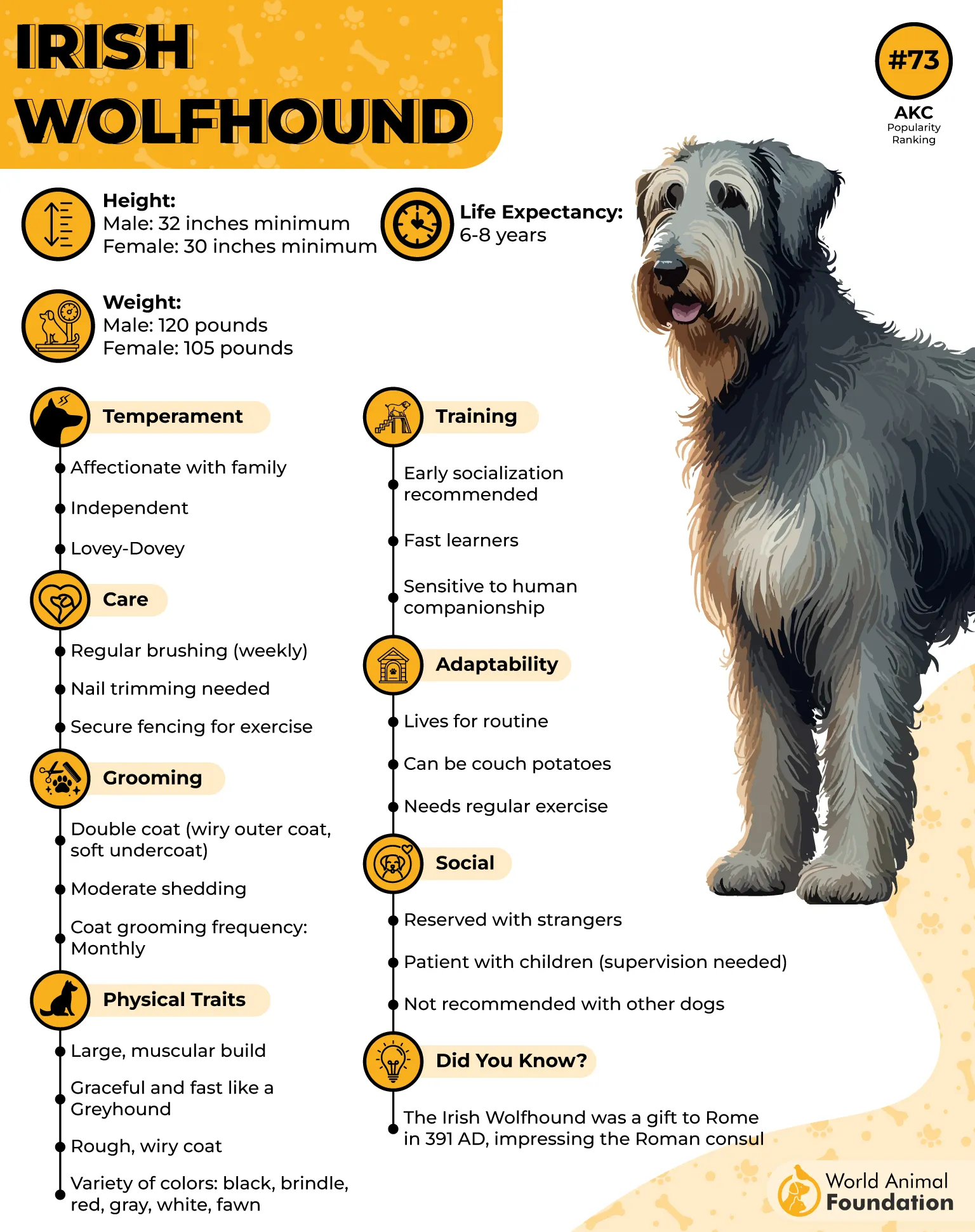
Now, while Irish Wolfhounds don’t bark much or go looking for trouble, they do need daily exercise and mental stimulation to stay chill. If they get bored, they’ll let you know—probably without words, but with a whole lot of soulful eyes and dramatic sighs.
As slow-maturing pups who act like goofy teenagers well into adulthood, they can benefit from training tools like muzzles during walks or vet visits. Thankfully, their laid-back personality means most take to muzzles just fine when properly introduced.
A comfy basket muzzle works best—it lets them pant, sip water, and even sneak treats mid-stroll. Soft muzzles can also do the job for short vet or grooming sessions—but only for brief moments.
6. Pekingese
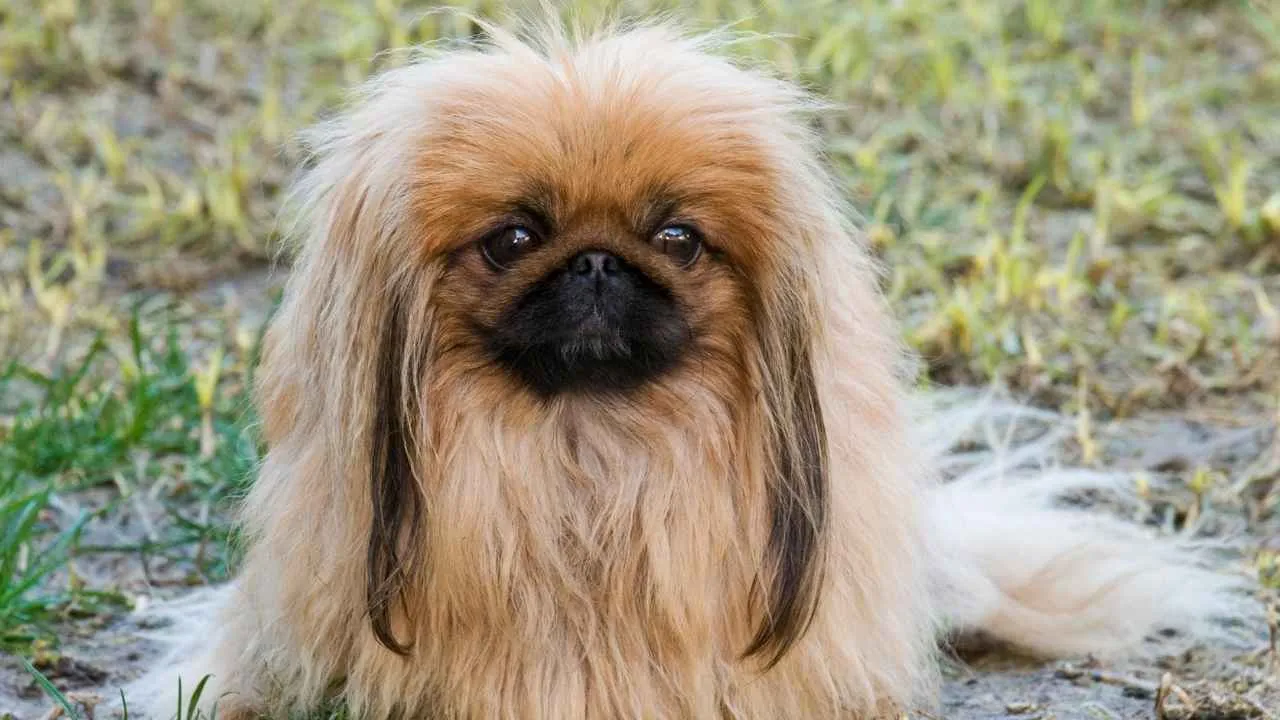
Don’t let their fluffy coat and tiny frame fool you—the Pekingese is a pint-sized noble with a calm heart and an old soul. These dogs were once royalty in ancient China, and they haven’t forgotten it.
Instead of bouncing off the walls like some small breeds, the Peke prefers to lounge with dignity, observing the world with quiet curiosity and grace.
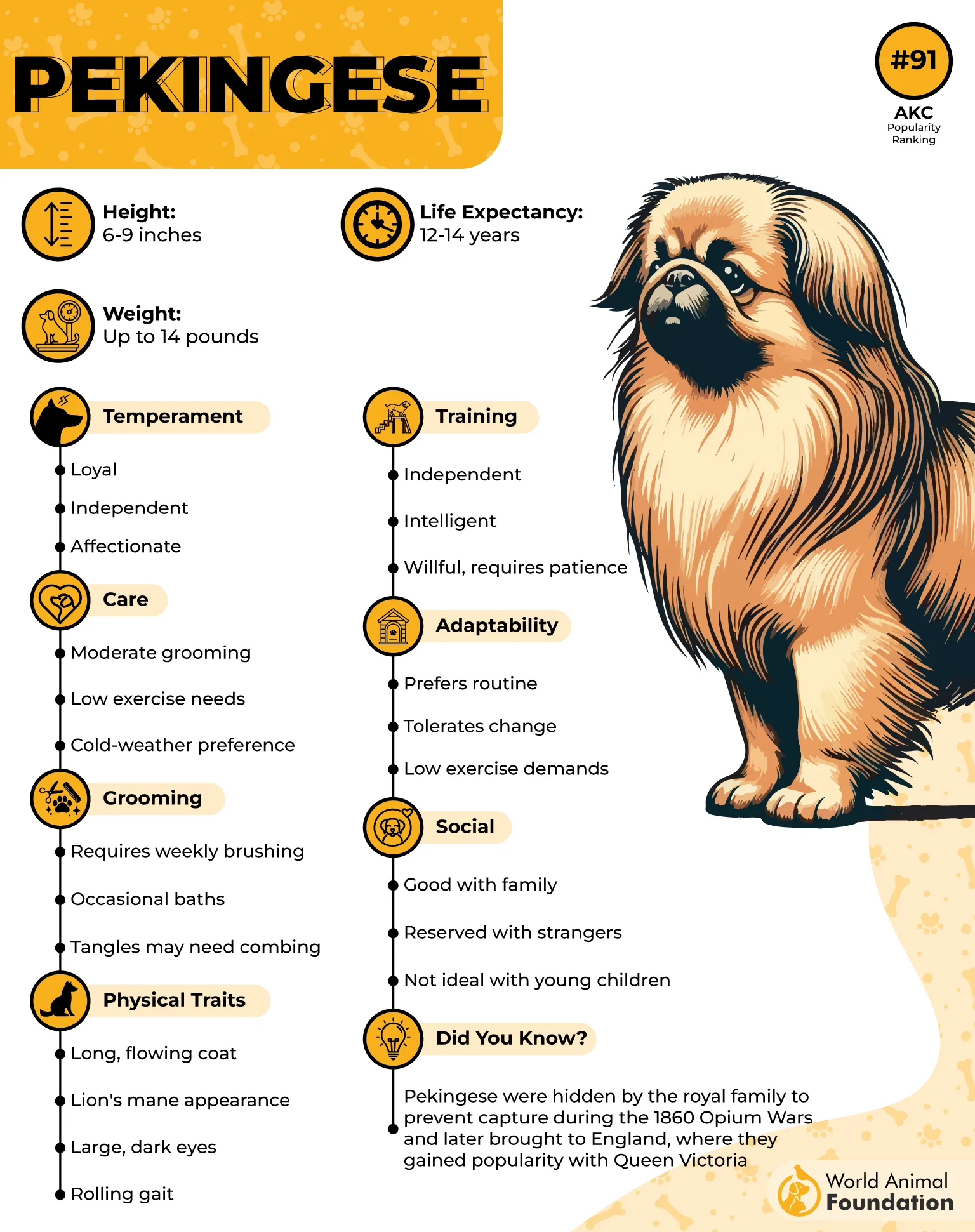
Their composed nature makes them a breeze when it comes to short-term muzzle use, especially during grooming sessions or quick vet visits. A soft, flat muzzle is typically all that’s needed—and they won’t fuss much as long as you keep things calm and respectful (they are royalty, after all).
Since they’re not prone to outbursts or impulsive behaviors, you won’t usually need a muzzle beyond occasional care routines.
Social, serene, and wonderfully well-mannered, Pekingese pups are the perfect match for dog parents who prefer peace over pandemonium—and who appreciate a furry friend that always keeps it classy.
7. Saint Bernard
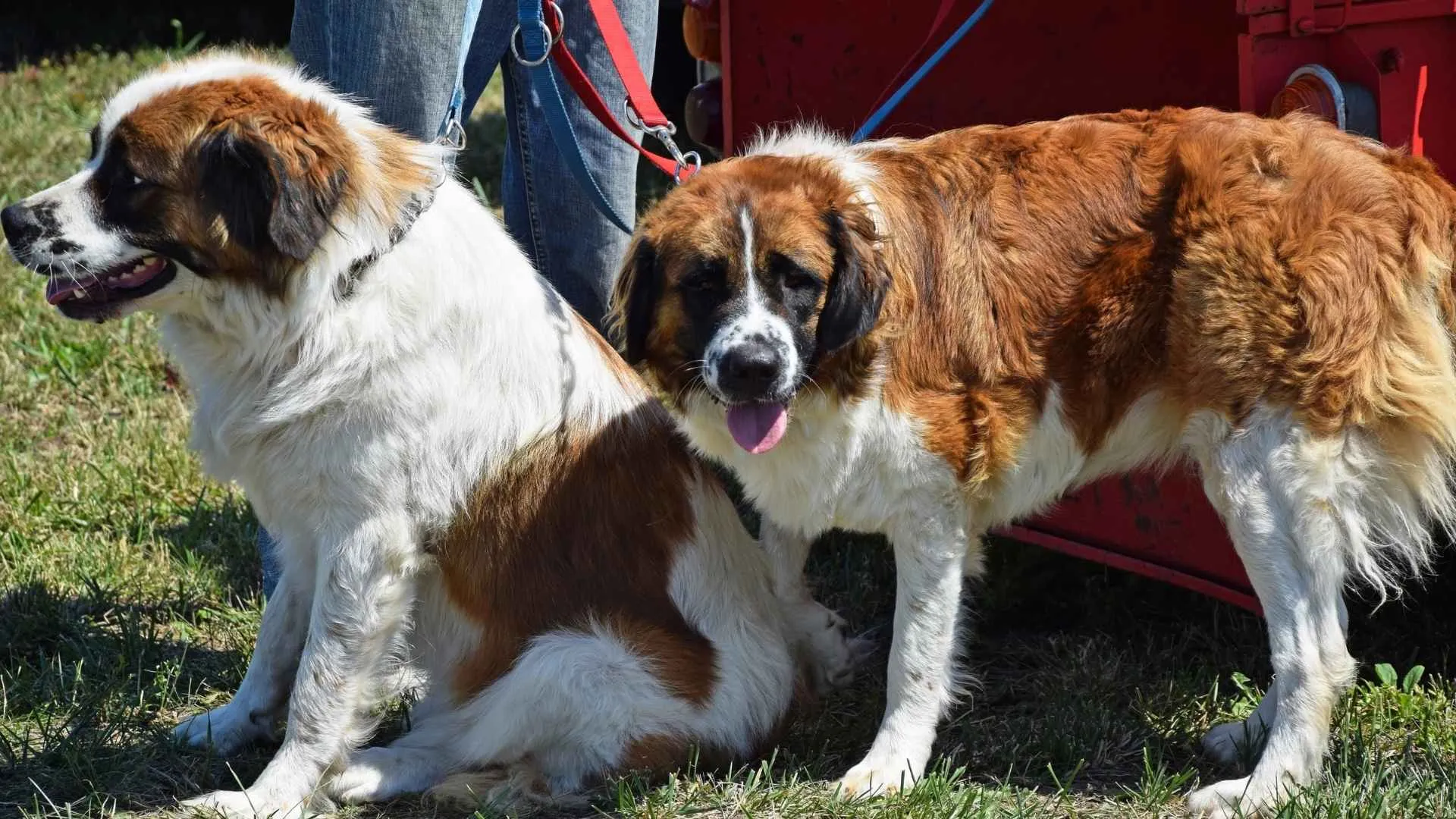
With the heart of a gentle giant and the stride of a slow Sunday stroll, the Saint Bernard is as easygoing as they come. This massive fluffball is famous for saving lives in snowy mountain passes—but at home, they’re more about cozy cuddles and short bursts of play than daredevil rescues.
Calm, patient, and wonderfully affectionate, Saints are excellent family dogs who’d rather nap in the snow than chase after squirrels.
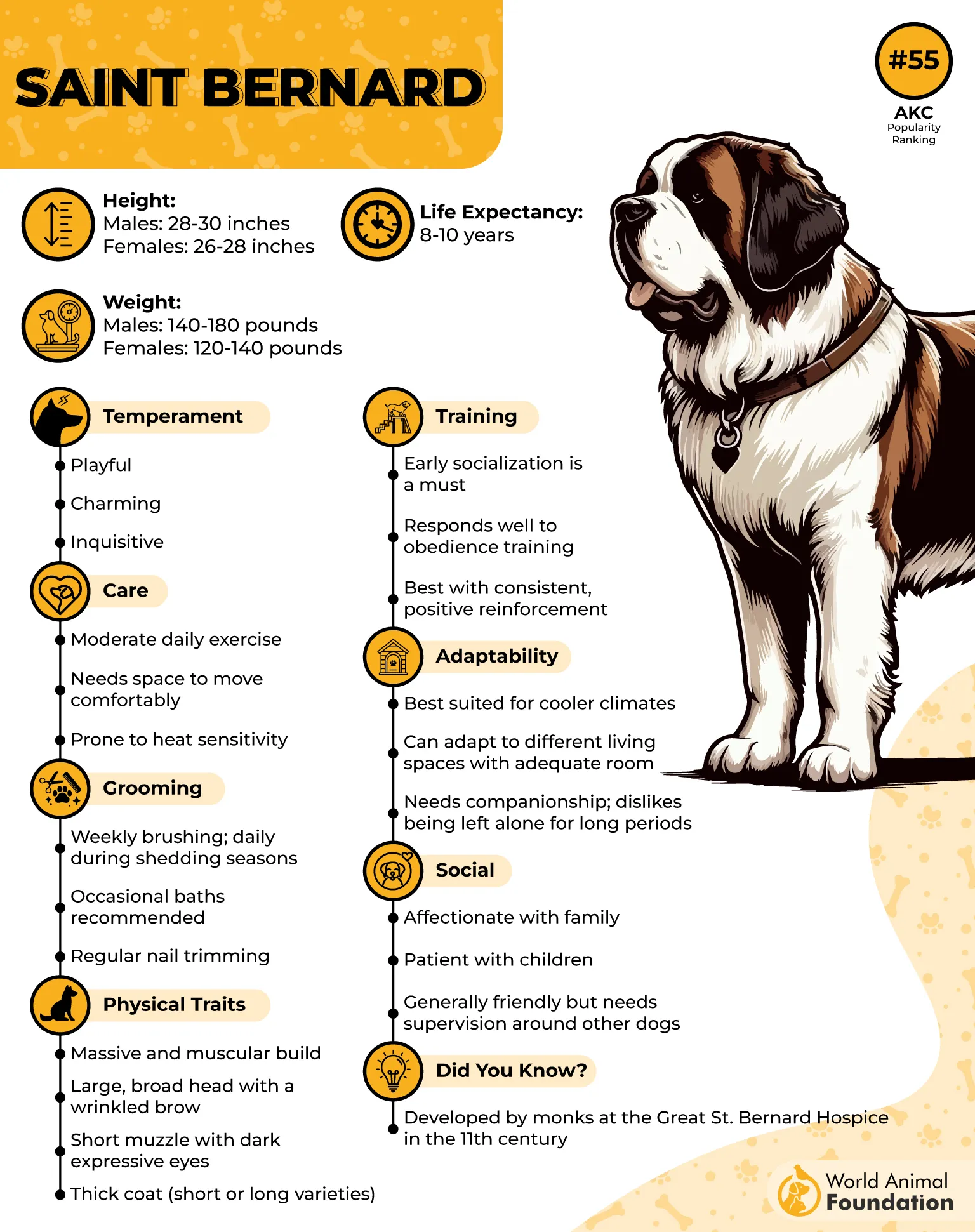
When it comes to muzzles, the Saint Bernard’s laid-back nature makes things pretty straightforward. A muzzle may come in handy during grooming, especially if your Saint is still getting used to nail trims or ear checks.
If you introduce it gently and make it part of the routine—think of it as another step in their spa day—they’re not likely to fuss!
While these dogs are rarely aggressive, even the sweetest Saint might nip out of fear if injured or startled. In such cases, a muzzle is simply a safety tool, not a reflection of their lovable personality. With proper training and slow desensitization, most Saints will tolerate a muzzle like the big, huggable pros they are.
8. Maltese

Don’t let the silky white coat and tiny frame fool you—the Maltese may look like a dainty fluffball, but there’s a whole lot of loyalty packed into this pint-sized pup. Known for their velcro-like attachment to their humans, Maltese dogs are happiest when they’re snuggled up beside you, preferably with your undivided attention.
While they’re low-maintenance in the exercise department, these little charmers still enjoy a daily walk or a quick game of fetch to keep their minds and bodies in tip-top shape.
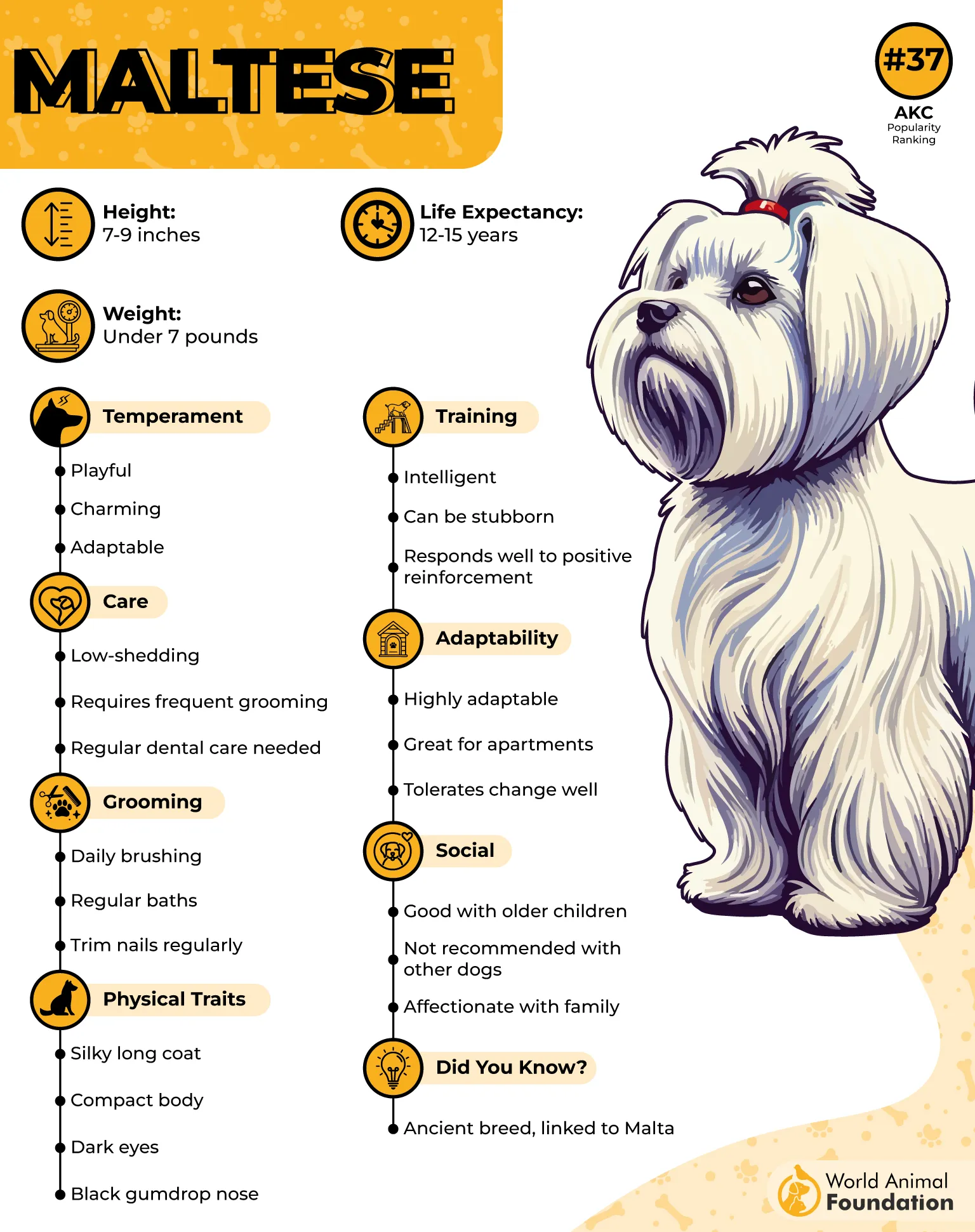
Now, when it comes to grooming, the Maltese can be a bit sensitive. All that glorious hair doesn’t manage itself, and regular brushing, bathing, and nail trims are part of the package.
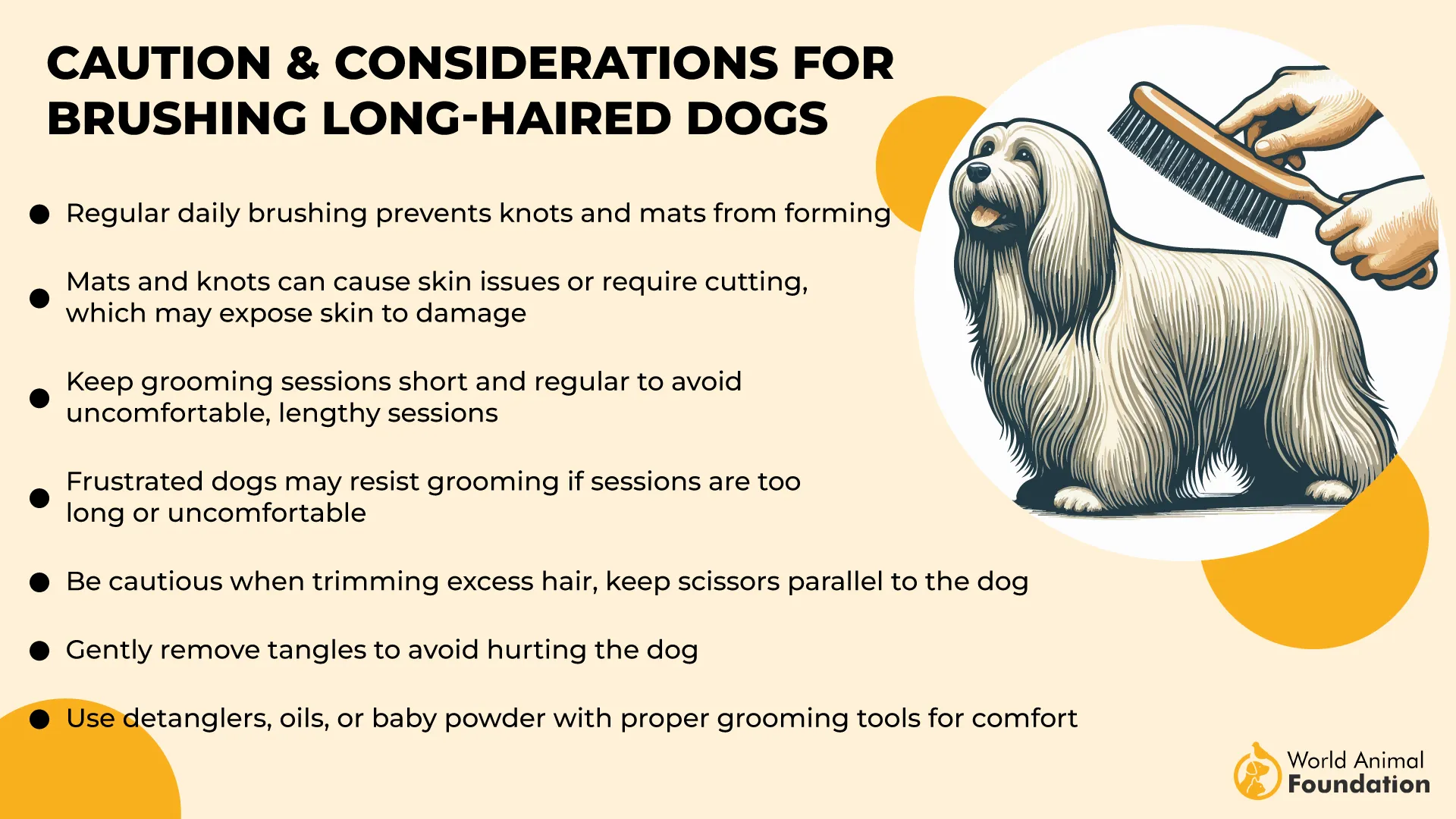
For pups still warming up to the whole spa treatment, a gentle muzzle can make things a lot smoother, especially when visiting a groomer they don’t know yet. It’s not about being aggressive; it’s about adding a layer of comfort and safety for both the pooch and the professional.
Despite their love of cuddles, Maltese dogs can also be surprisingly spunky watchdogs. If introduced patiently and paired with plenty of treats and praise, most Maltese will tolerate a muzzle just fine, especially if it means they still get to join the fun (and the fashion show).
9. Shih Tzu
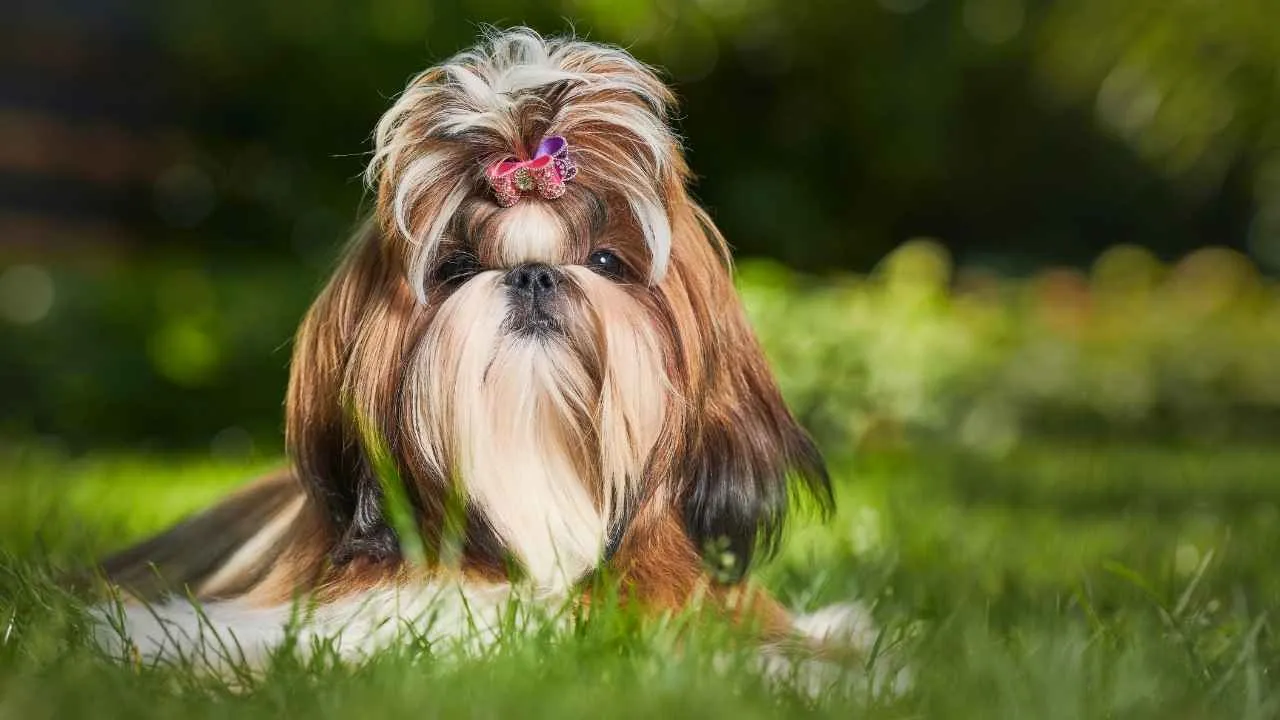
With a royal past and a heart full of mischief, the Shih Tzu is the ultimate lap dog with a side of sass. Originally bred to warm the laps of Chinese emperors, these charming little fluffballs are now warming couches and stealing socks in households everywhere.
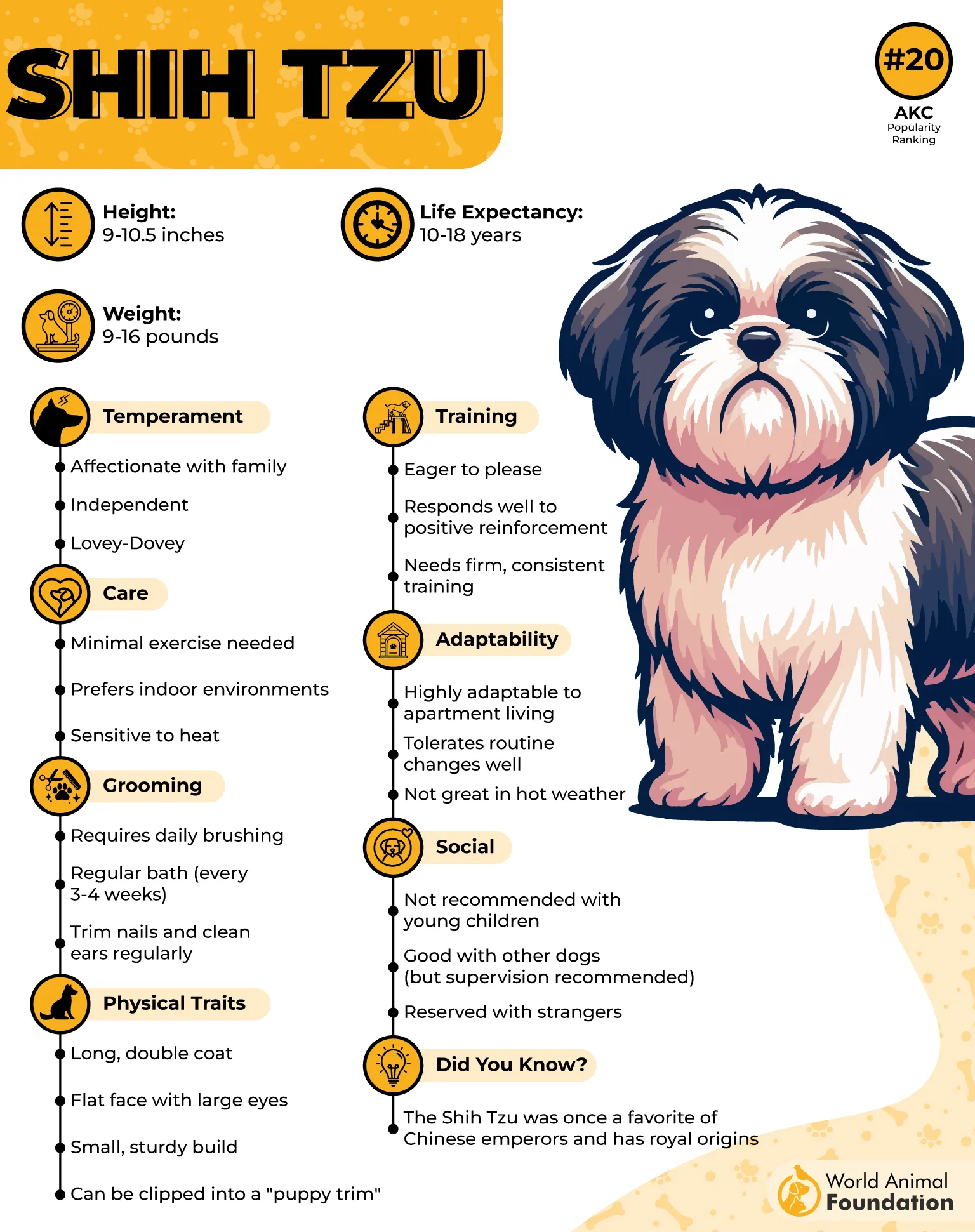
They’re sweet, low-key, and surprisingly adaptable—equally happy chasing toys or lounging by your side as you binge your favorite shows.
While a Shih Tzu isn’t the kind of dog you’d expect to need a muzzle, there are times it can come in handy, especially for grooming or vet visits. Their long, flowing coats require regular care, and some may squirm or get nervous during trims or ear cleaning.
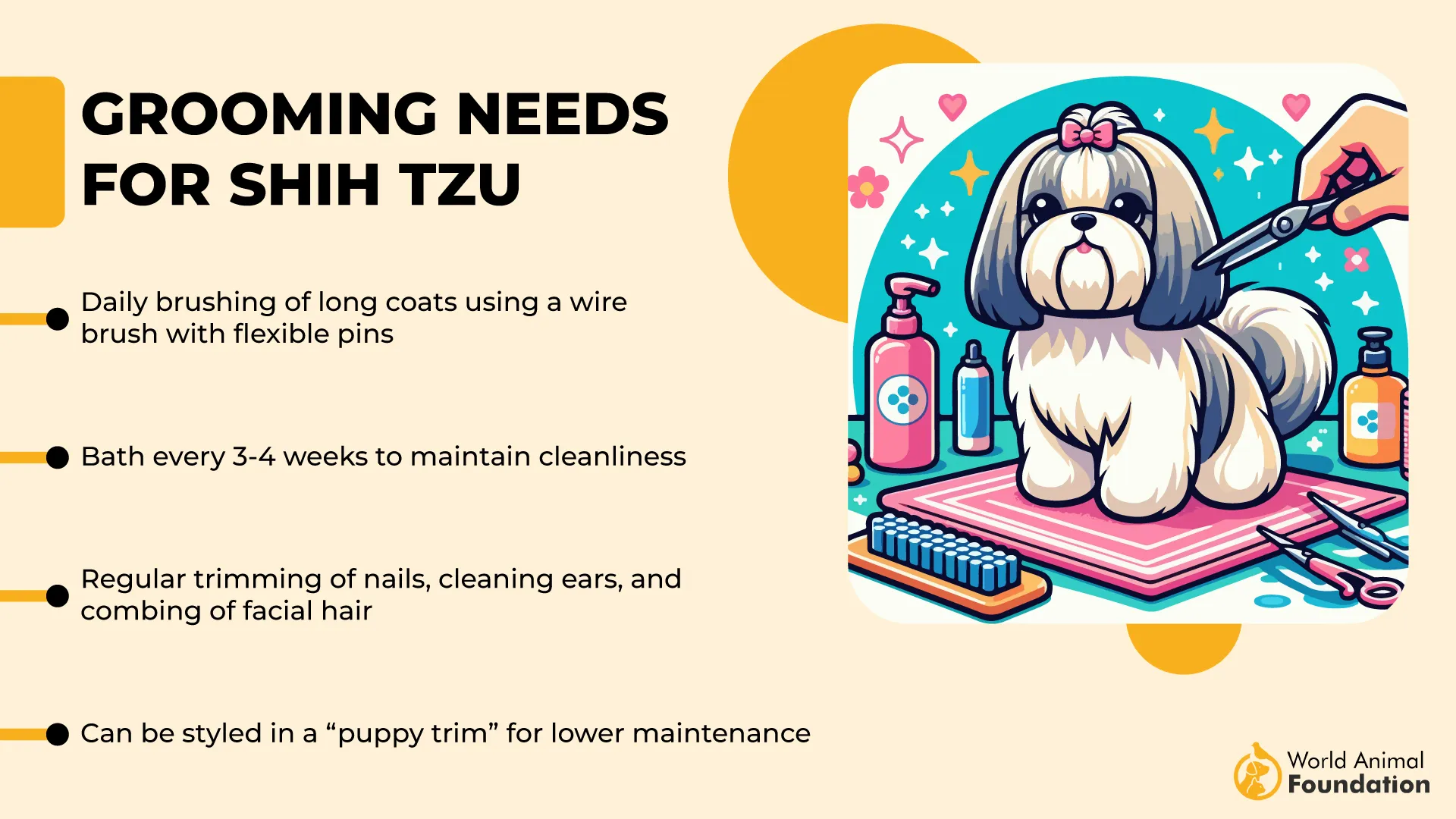
A soft, well-fitted muzzle used occasionally (and introduced gently) can make the process safer and less stressful for everyone involved.
That said, training your Shih Tzu to wear a muzzle positively—using treats and praise—can help them see it as just another accessory (like a fancy little crown, maybe?). With their easygoing personalities and love for companionship, most Shih Tzus adjust well to muzzles when introduced with kindness and patience.
10. Bichon Frise
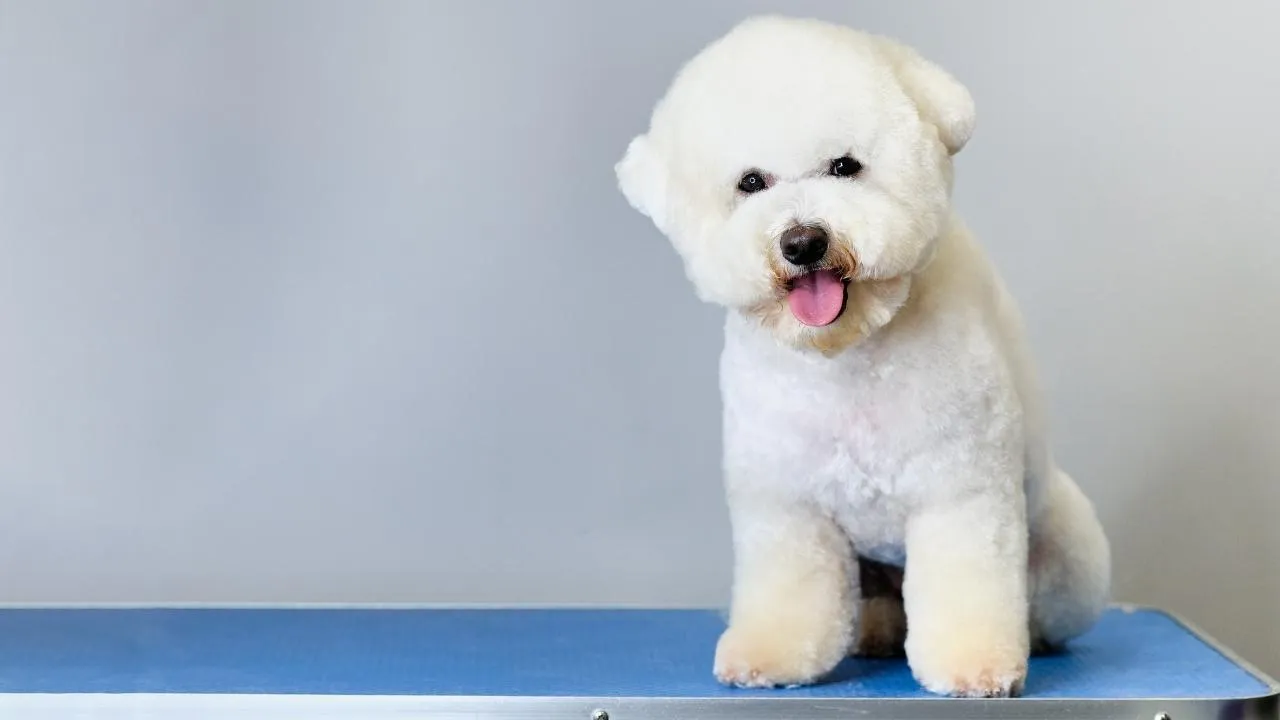
If joy came in a fluffy, white package, it would be the Bichon Frise. These cotton-ball canines are born entertainers, once charming audiences in circuses and now melting hearts on living room floors.
With their happy-go-lucky attitude and a personality as sunny as a July afternoon, they’re social butterflies who crave attention and affection in equal measure, as per AKC.
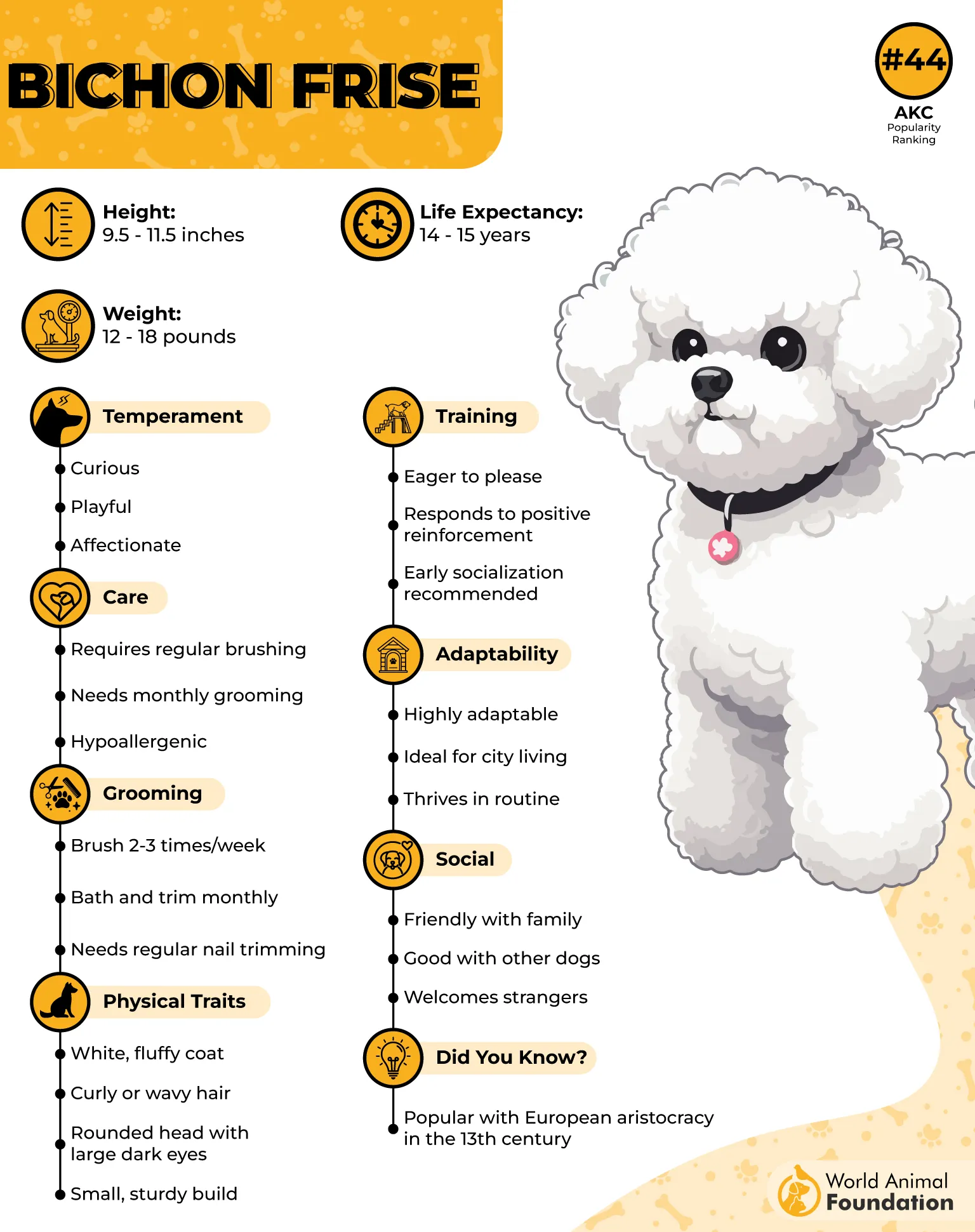
While their sparkly personalities make them lovable companions, that same eagerness can sometimes mean they get a little too excited during vet visits or grooming sessions.
That’s where a muzzle might come in handy—not because they’re aggressive but because even a drama queen in a fur coat can have a bad day. With proper training and a comfy, breathable basket muzzle, Bichons usually adapt quite well.
Introduce the muzzle slowly and with plenty of treats (this is a performance dog, after all—they love rewards). With patience and consistency, your Bichon will see it less as a punishment and more as a quirky costume for another show-stopping act.
Conclusion
Muzzles may look a little intimidating, but for many calm and companionable breeds—from the dignified Pekingese to the gentle Great Dane—they’re just another tool for safety and comfort when used correctly. With proper training, patience, and lots of treats, even the most pampered lapdogs can learn to wear one without fuss.
Whether it’s for a vet visit, grooming session, or public outing, a muzzle doesn’t mean your dog is bad—it means you’re a responsible pet parent. So go ahead, let your pup strut their stuff (muzzle and all)—tail wagging, head high, and paws proud!


